What are the different types of reports?
Do I have to fill out all these reports as a CoCoRaHS observer?
What day do I report my precipitation on?
What do I do when I leave town but come back to liquid in my gauge?
Do I report frost or dew on my daily precipitation report?
What is the comment section for?
How do I fix a mistake in my report?
Additional Resources and Training
Middle Tennessee CoCoRaHS Coordinator Contact
|
|
||||
| Daily Precipitation | This is the most common report used. Use this report to submit how much liquid and/or snow you get on a daily basis -- even if it's just zero! | |||
| Multi-Day Accumulation | Use this report to submit how much liquid and/or snow you received over multiple days. This report is perfect for catching up after you've been out of town for several days! | |||
| Hail | Use this to report any hail that is falling at your location. This report comes to your local NWS office in real-time! | |||
| Significant Weather Report | Use this to report any heavy rain or heavy snow that you feel is significant and should be reported. You can even report any flooding that may be ongoing. This report comes to your local NWS office in real-time! | |||
| Condition Monitoring | Condition Monitoring Reports can be submitted to share information about the local effects of precipitation. Is your location drier than normal or wetter than normal? This report is useful in drought monitoring! | |||
| Soil Moisture | How much rainfall is soaking into the ground? Use this report to let us know! This option requires additional equipment. | |||
| Ice Accretion | This allows you to submit any ice measurements, e.g., during freezing rain events. | |||
| Frost | Use this to report if you have any frost. | |||
| Optics | Do you see a halo, a sundog, a corona, or a rainbow? You can report it! | |||
| Snowflake | Do you know what shape the snowflakes are? Use this to tell us! | |||
| Thunder | How many claps of thunder did you count? You can report that, too! | |||
| That's a lot reports! Do I have to fill all of those out? | |
| Nope! As a volunteer, it's up to you which reports you want to fill out. Most CoCoRaHS observers just submit their daily precipitation report, but the other reports can certainly be valuable. | |
| What day do I report my precipitation on? | |
| Your daily precipitation report reports everything that has fallen over the previous 24 hours. For example, let's say it rains on April 10th. When you go out to measure what is in your rain gauge the next morning, you should be reporting what you measure on your April 11th daily precipitation report since it will account for everything over the previous 24 hours. |
| I was out of town for several days and came back to precipitation in my gauge! What do I do? | ||
|
An example of a Multiple Day Accumulation Form. In this example, the observer was out of town from December 24th until January 1st. When they got home, they found 0.75" in their gauge and 0.5" of snow on the ground. (Click image to enlarge) |
This is what the multi-accumulation report is for! If you are out of town for more than a day or for whatever reason are unable to check your rain gauge on a daily basis, then utilize the multi-day accumulation report. All you have to do is adjust the start and end dates of your report to the days when you did not check your rain gauge and then enter how much rain and/or snow fell over the course of those days. |
|
| How do I report snow? | ||
|
Snow is typically one of the more challenging aspects for CoCoRaHS observers. The most important thing to remember is that your snow depth does not go in your gauge catch field on your daily report.
There are five fields that are available to you when reporting snow:
Gauge catch: This is the liquid equivalent of your snow. Melt the frozen precipitation in the gauge and report it here. If you cannot melt or do not have a measurement, report NA here. Do not leave as zero, and do not enter your snowfall here. Snowfall: This is the depth of snow and/or sleet that fell in the past 24 hours measured on your snow board or other flat surface. Snowfall SWE: This is the water measured from a core of snow taken from your snow board. If you do not take a separate core, leave this as NA. Do not copy your precipitation into this field. Snowpack Depth: This is the depth of snow and ice on the ground each day, whether or not any snow fell over the past 24 hours. Snowpack SWE: This is the water measured from a core of snow taken from the ground.
|
||
|
The basic steps to properly measure snow (Click image to enlarge) |
An example daily precipitation report showing where each measurement goes (Click image to enlarge) |
|
| How do I report hail? | |
| The CoCoRaHS Hail Report offers a unique way for observers to let their local NWS office know when hail is falling at their location. You can use the form to fill out as much information as you know, and then your report will come to the NWS office in real-time. Check out the graphic below for a visual on what each field on the report means. | |
|
Example hail report showing how to fill out the different fields (Click image to enlarge) |
|
| How do I report ice? | |
| CoCoRaHS is currently testing a new ice accretion form that allows observers to report how much ice has formed (e.g., during freezing rain events). Observers can even submit photos! For a tutorial on this form, please click here. |
| Do I report frost or dew on my daily precipitation report? | |
| As frost and dew is not precipitation that falls from the sky, it should not be reported on your daily precipitation report. If you would like to report frost, then make sure to do so utilizing the Frost report in your account. | |
| What is the comment section for? | ||
|
An example of the observer utilizing the comments section to add more information to their daily precipitation report (Click image to enlarge) |
Whatever you feel like is important to tell people using your report! Did you have trouble measuring snow due to wind and snow drifting? Is there dense fog at your location? Maybe you have a thermometer at your place, and you want to report what temperatures you measured. Put it all in the comments! |
|
| Oops! I made a mistake! Can I fix it? | |
| Of course you can! Under "My Account", you'll see a "List/Edit My Reports" section on the left hand side. Click the appropriate link for whatever report you need to edit (e.g., Daily Precipitation). You'll then be taken to a screen that lists all of your reports. Click on the pencil icon for the report you need to edit. Then just resubmit once you've fixed your mistake! | |
| Additional Resources and Training | ||
|
CoCoRaHS has a lot of great training materials on their website and YouTube channel. Here are some quick links to some of the most popular ones: |
||
| YouTube Training Videos | ||
 |
The Basics of Measuring and Reporting Rain (4:12) | |
 |
Measuring Hail (4:30) | |
 |
How to Measure Extreme Rain (5:08) | |
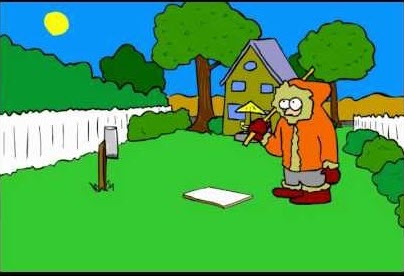 |
Setting Up for Measuring Snow (2:03) | |
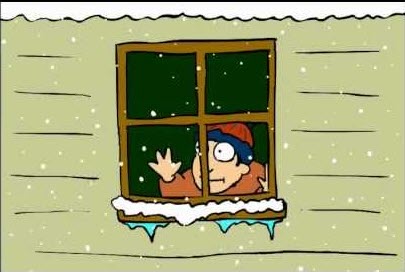 |
Daily Precipitation When It Snows (1:35) | |
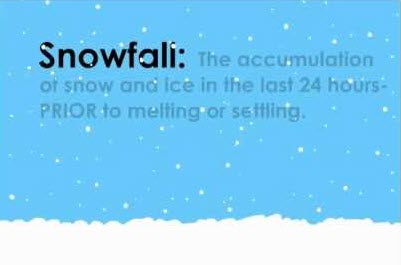 |
How to Measure New Snow Depth (1:51) | |
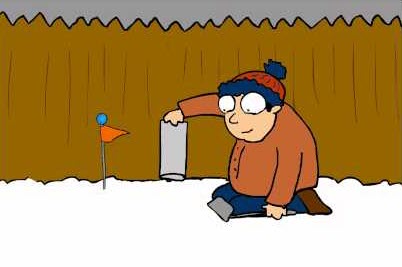 |
Liquid Water Equivalent of New Snow from a Core Sample (1:46) | |
 |
Measuring the Total Depth of Snow (New and Old) and LWE (2:17) | |
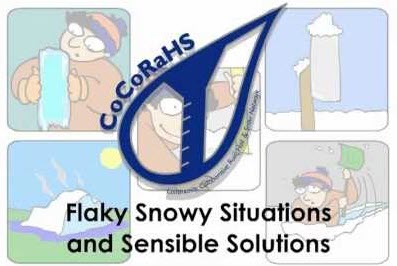 |
Flaky Snowy Situations and Sensible Solutions (6:01) | |
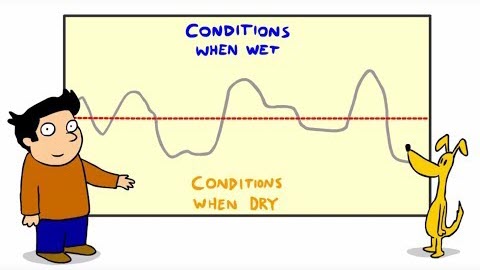 |
Condition Monitoring (6:33) | |
 |
Quality Assurance/Quality Control (3:18) | |
| Training Slideshows | ||
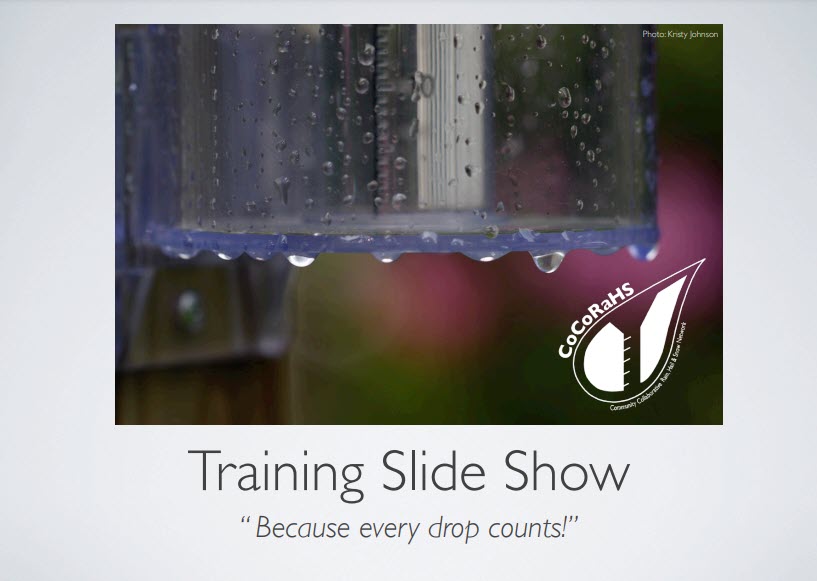 |
Getting Started | |
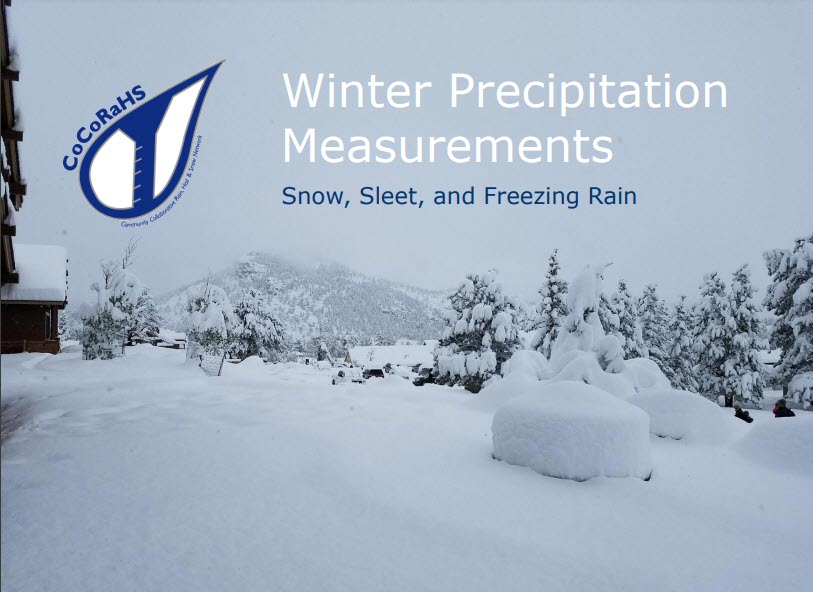 |
Winter Precipitation Measurements | |
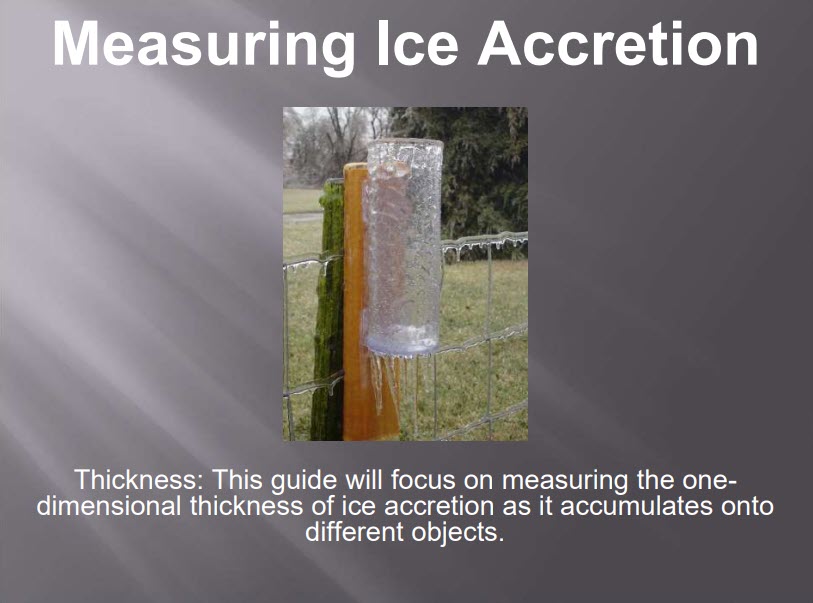 |
Ice Accretion | |
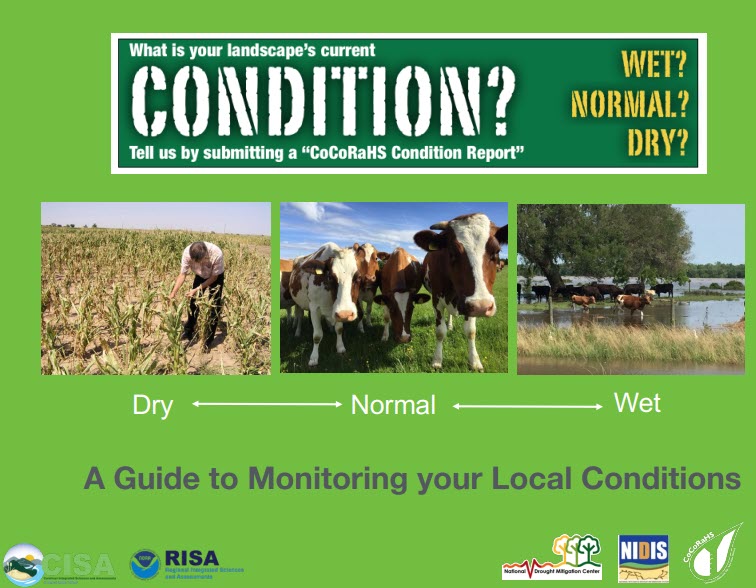 |
Condition Monitoring | |
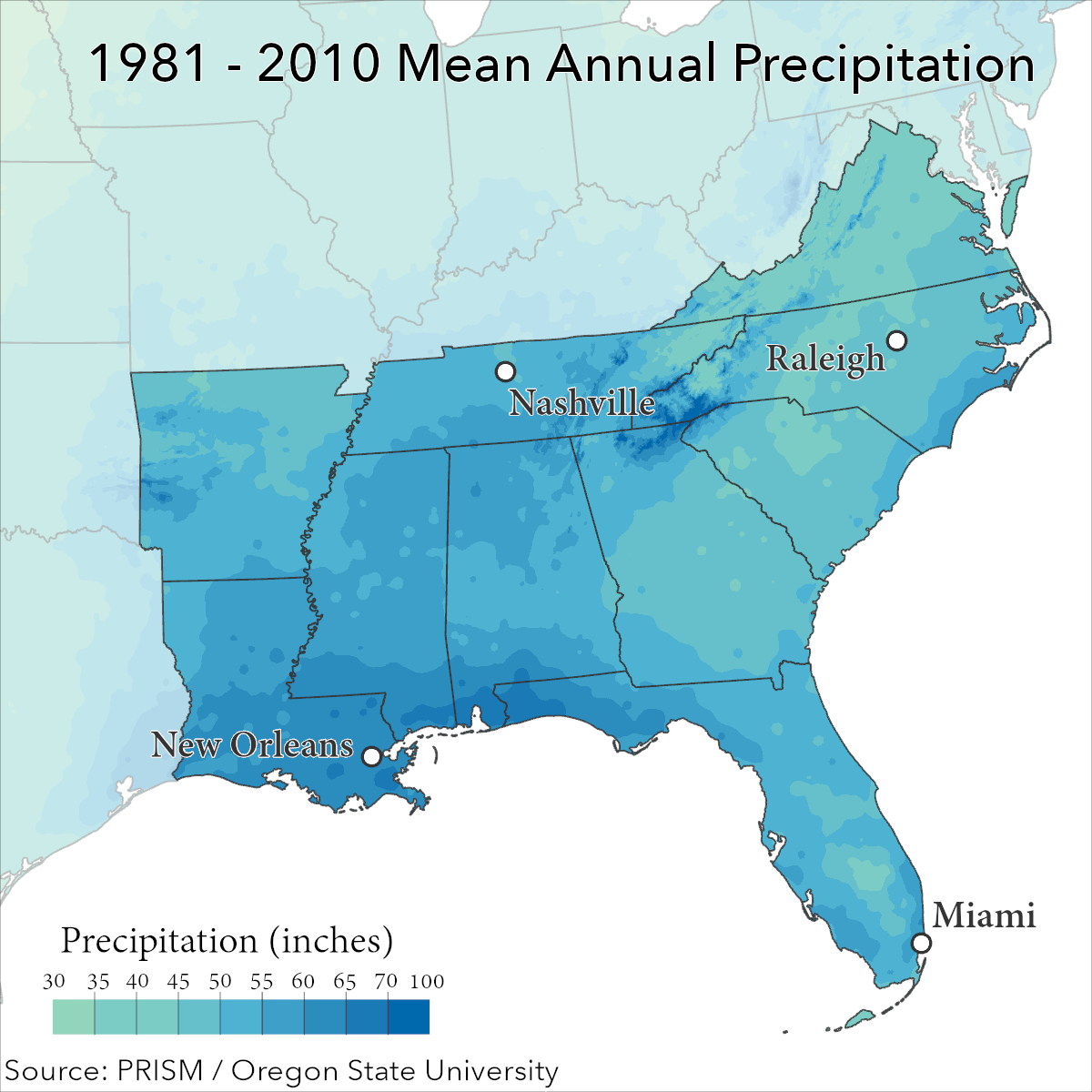 |
Condition Monitoring Reporting Guide: Southeast U.S. | |
| Middle Tennessee CoCoRaHS Coordinator Contact | |
| If you have any questions or need any help related to CoCoRaHS, please don't hesitate to reach out to NWS Nashville meteorologist and Middle Tennessee CoCoRaHS Coordinator Alyssa Clements at alyssa.clements@noaa.gov. | |